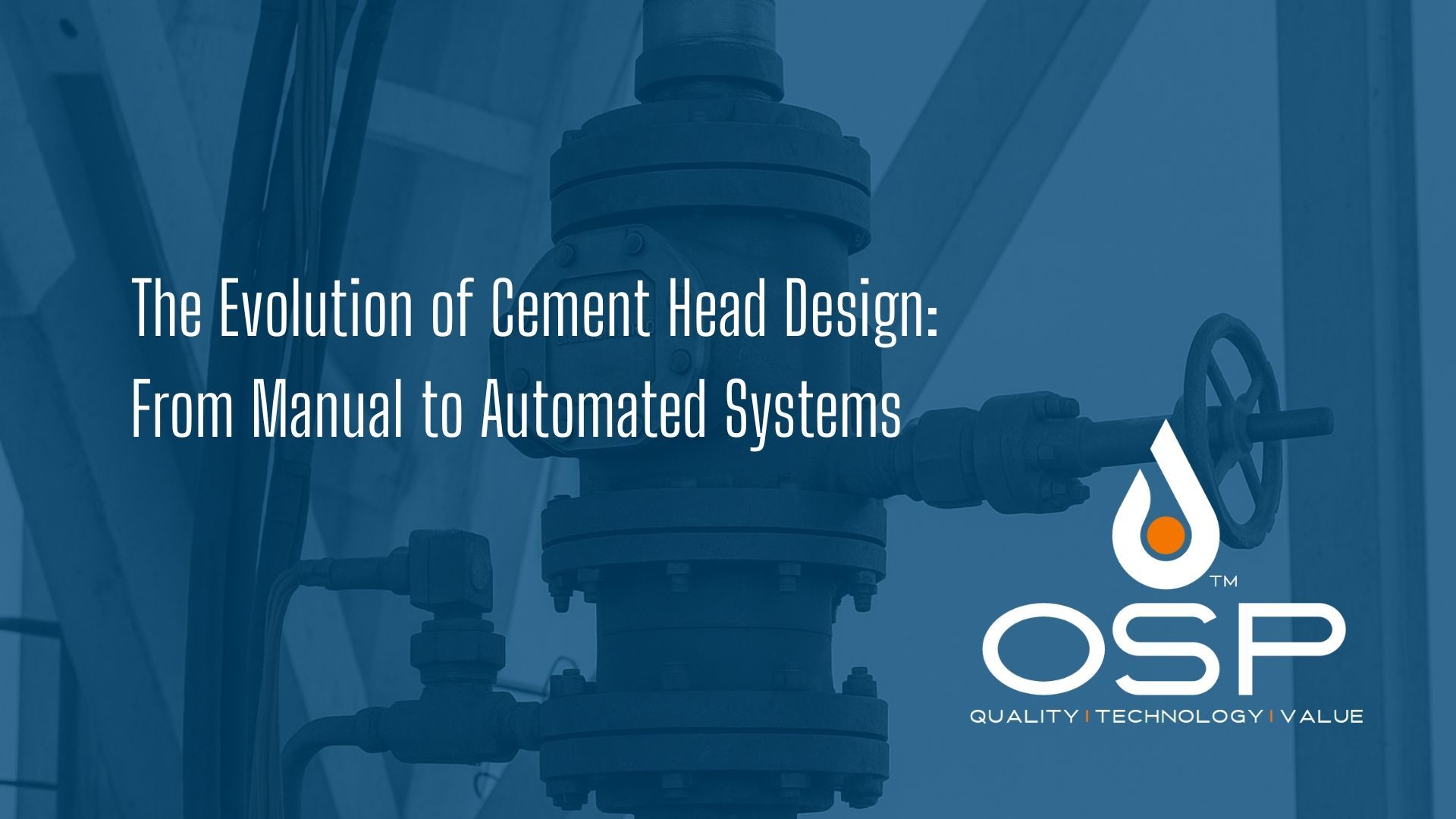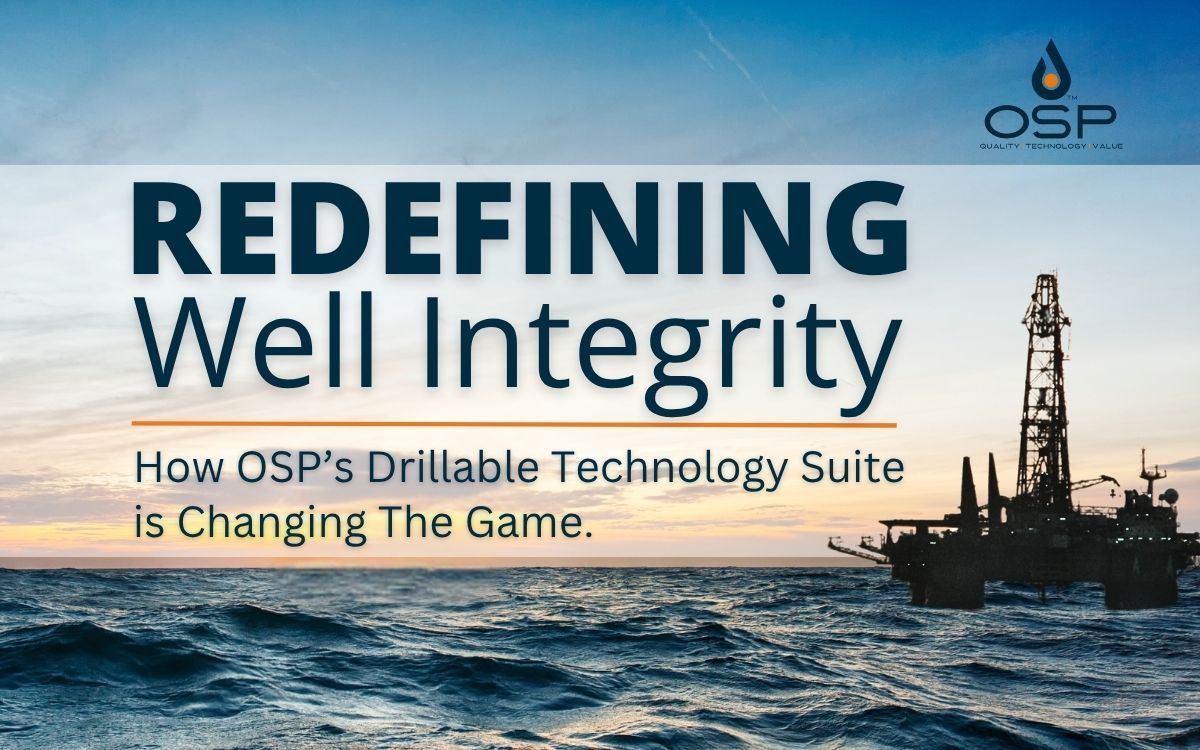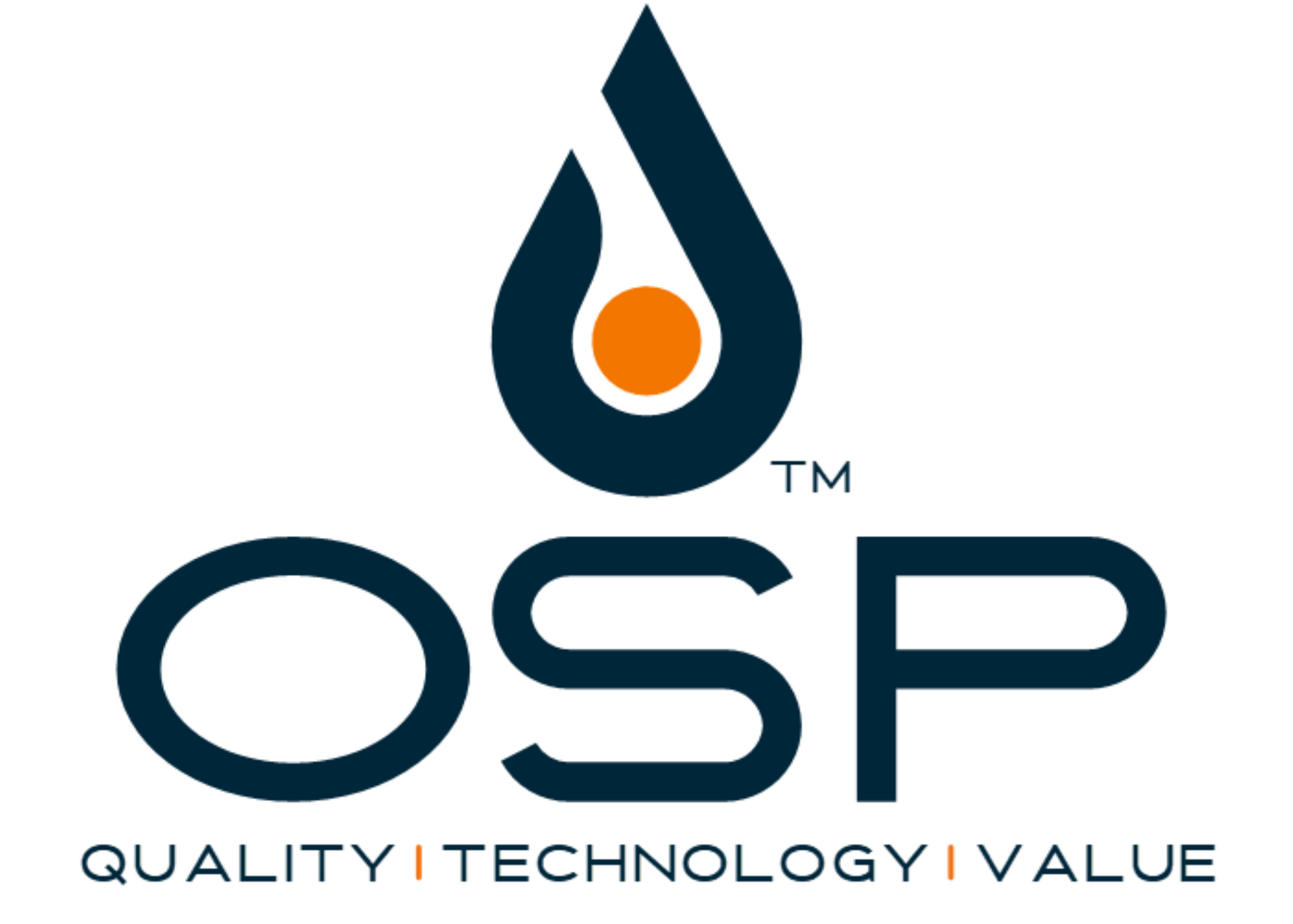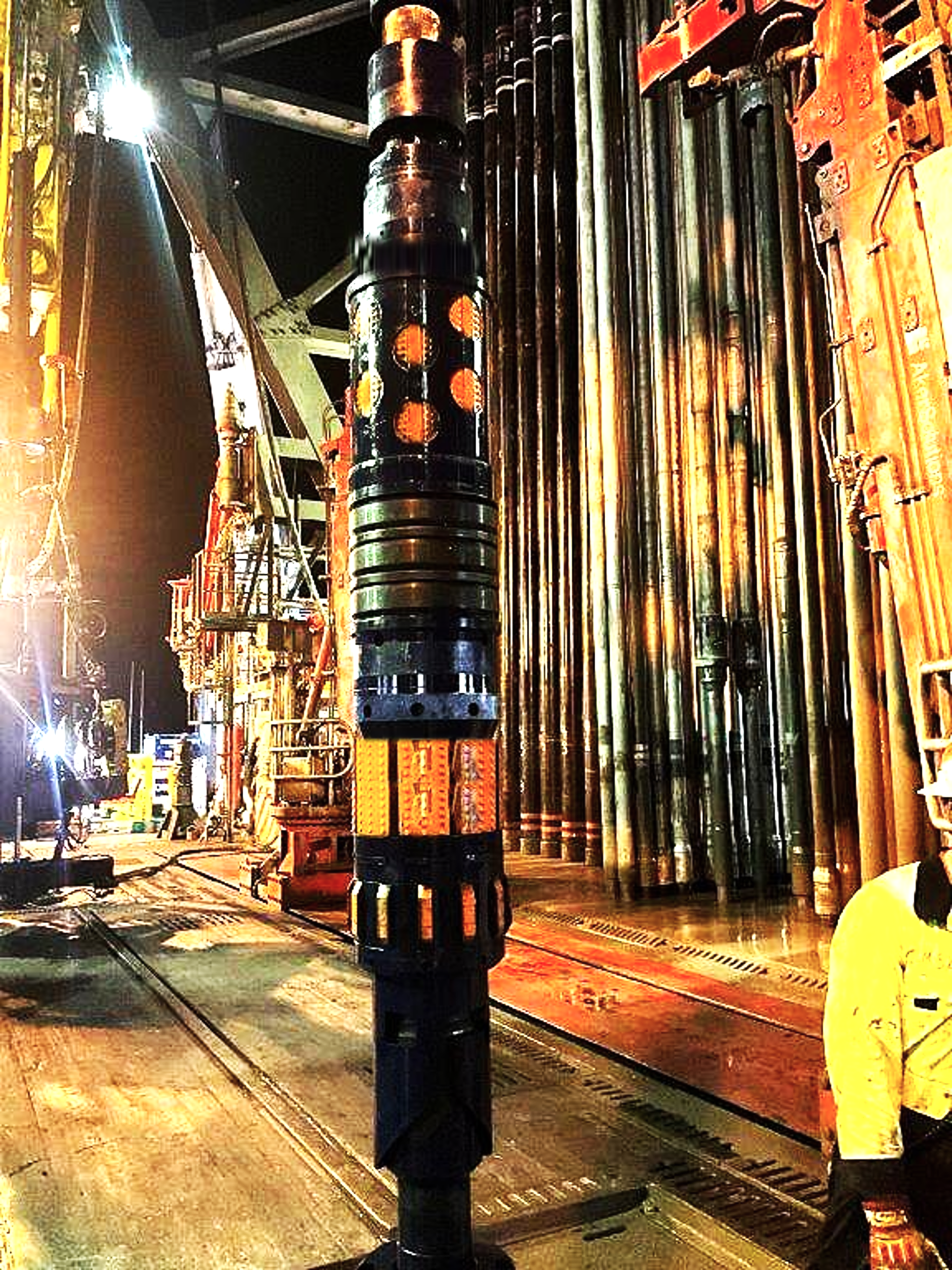Sustainable Oilfield Practices with Advanced P&A Technology: Environmentally Friendly Plug and Abandonment (P&A) Strategies
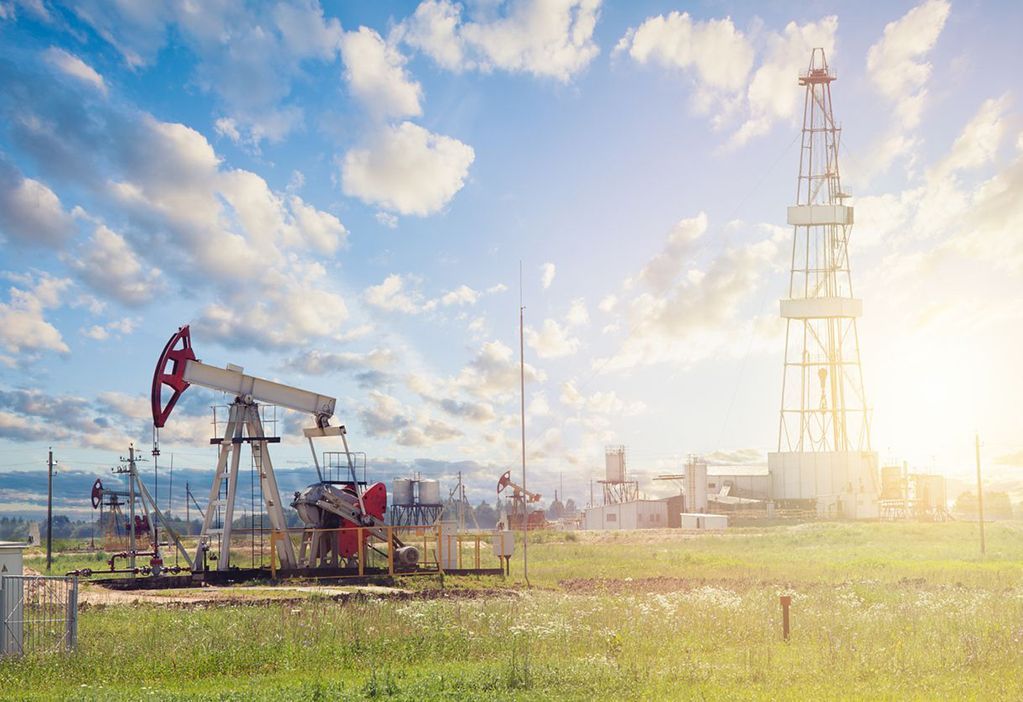
In recent years, the oil and gas industry has focused on enhancing sustainability, especially in well Plug and Abandonment (P&A) processes. Environmentally conscious P&A practices, bolstered by advanced technology, aim to reduce environmental impact by minimizing leaks and preserving marine and terrestrial ecosystems. With advancements in P&A technology offered by companies like Oilfield Service Professionals (OSP), operators now have access to innovative tools that provide long-term well integrity.
Why Sustainable P&A Matters
Plugging and abandoning wells—essentially sealing them after their productive life—prevents harmful emissions like methane from escaping, safeguarding the environment. Traditional P&A methods relied on basic cementing techniques, which are prone to long-term integrity issues and often require additional interventions. In contrast, sustainable practices focus on durable sealing methods and eco-friendly materials, ensuring wells remain securely sealed and have minimal ecological footprint.
Advanced P&A Technologies: Key Approaches
Modern P&A solutions emphasize materials and techniques that align with environmental protection standards. Here are a few key practices:
- Permanent Barrier Materials: New high-strength materials, including barrier plugs and sealants, withstand harsh conditions and remain intact longer, reducing the need for future maintenance.
- Inflatable Casing Packers: These packers expand to fill voids, effectively sealing off well sections. They are particularly useful in formations with variable pressures and reduce the risk of leaks over time.
- Composite Cement Retainers and Plugs: Innovations like the BarrierPro™ and SqueezePro™ by OSP include high-durability plugs that prevent contamination of groundwater by sealing wells more effectively.
- Wellbore Cleanout Tools: Tools such as CleanPro™ are designed to prepare wells for abandonment by removing debris and leftover hydrocarbons, making the plugging process safer and cleaner.
Steps for Environmentally Friendly P&A
- Pre-Abandonment Analysis: Assessing well condition and selecting the right materials and methods prevents unnecessary interventions.
- Using Retrievable Bridge Plugs: Unlike traditional plugs, retrievable bridge plugs allow for temporary abandonment if needed, minimizing waste and reducing environmental disruption.
- Reduced-Cement Solutions: Advanced P&A techniques use eco-friendly materials that require less cement, which has high energy costs and a significant carbon footprint.
Long-Term Environmental and Financial Benefits
Effective P&A not only mitigates environmental risks but also reduces future expenses. Properly abandoned wells reduce potential legal liabilities and operational costs for monitoring and maintaining aging wells. Sustainable practices in P&A also align with regulatory standards, promoting positive relationships with local communities and environmental agencies.
Challenges and Future Directions
The P&A sector continues to evolve, driven by the need to meet stringent environmental standards and ensure community safety. Future developments may include fully biodegradable barrier materials, real-time monitoring systems for abandoned wells, and more adaptable P&A technologies for diverse geologies. In conclusion, sustainable oilfield practices in P&A, as demonstrated by providers like OSP, mark a substantial improvement in how the industry manages its environmental responsibilities, ultimately contributing to a safer and more sustainable oil and gas sector.
Eliminating Downtime in HPHT Wells: How OSP’s Modular Drillable Barriers Are Solving Costly Deepwater Challenges
Meeting the Demands of Modern Wells
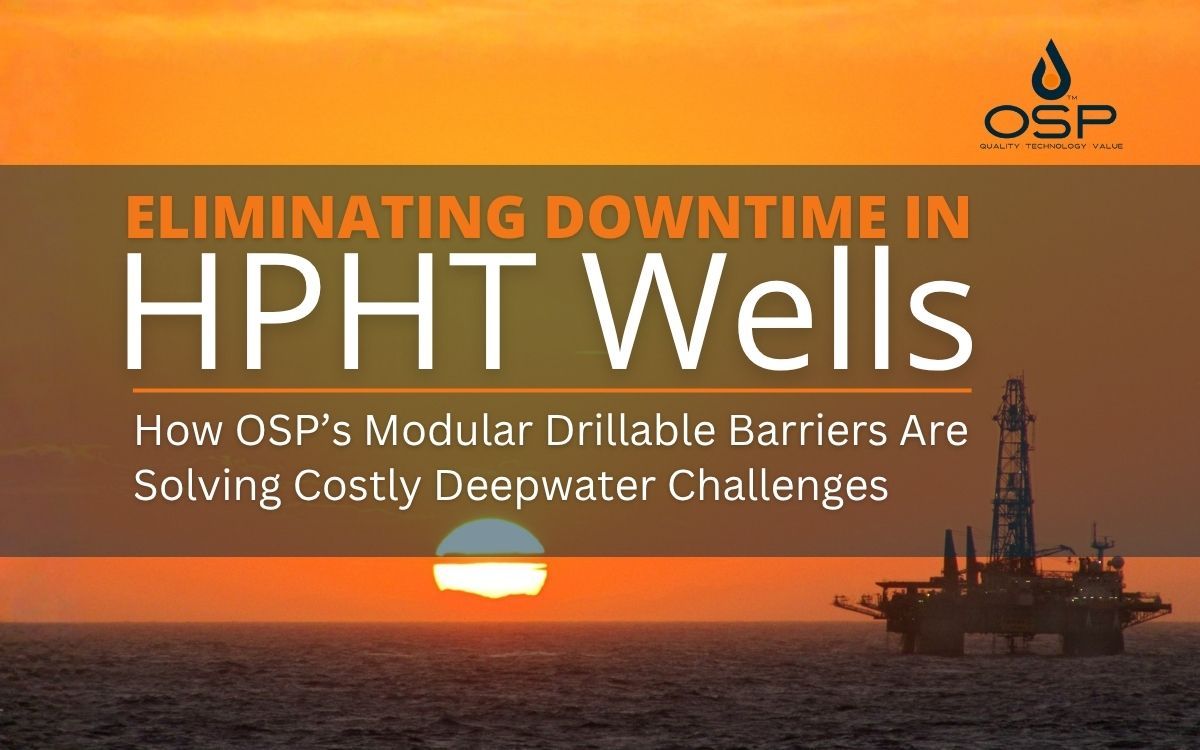
When Downtime Becomes the Real Enemy
In deepwater drilling, operators often talk about pressure, temperature, and depth as the ultimate tests of a well. But ask any drilling manager where the real pain lies, and you’ll often hear a different answer: non-productive time (NPT).
Every hour of rig time offshore costs tens to hundreds of thousands of dollars. When conventional drillable barrier systems fail to hold under high-pressure, high-temperature (HPHT) conditions, the price is steep: sidetracks, delayed completions, and strained budgets.
This is the problem Oilfield Service Professionals (OSP) set out to solve. The result is a suite of modular, field-proven tools BarrierPro™, SqueezePro™, and MultiPro™ engineered specifically for HPHT environments. By addressing the core limitations of traditional systems, OSP is helping operators reclaim efficiency, reduce risk, and protect margins.
The Pain Points of Conventional Systems
Operators drilling into the Lower Tertiary Gulf of America (GoA) or similar HPHT environments face a consistent set of challenges:
- Unreliable conveyance through Tieback Receptacles (TBR): Conventional plugs often struggle to pass-through casing ID transitions, leading to poor isolation.
- Limited adaptability: Most systems are designed for narrow use cases, forcing operators to carry large inventories of specialized BHAs.
- High drill-out times: Ferrous-heavy designs increase flat time during plug removal.
- Premature setting risks: Complex geometries can trigger failures before plugs reach depth.
The operational consequences are significant: costly contingency sidetracks, delayed production, and increased HSE exposure.
The Solution: A Modular, Field-Tested Suite
BarrierPro™ – Reliability at Depth
BarrierPro™ is a cast-iron retainer/bridge plug rated to API 11D1-V3 for 15,000 psi differential pressure. Its enhanced slip-retention system eliminates the need for composite bands or slotted segments, enabling superior anchoring and performance in HPHT wells.
Key benefits:
- Dependable sealing in complex high pressure environments
- Reliable conveyance through TBR transitions.
- Qualified barrier at 15,000 psi differential.
- Seamless integration with OSP’s MultiPro™ setting platform.
SqueezePro™ – Cement Assurance Simplified
For cement remediation and annulus repair, SqueezePro™ offers semi- and fully-composite designs that deliver sealing integrity while dramatically reducing drill-out times.
Key benefits:
- Rapid drill-out, reducing rig time.
- Reliable isolation for cementing operations.
- Seamless integration with OSP’s MultiPro™ setting platform.
MultiPro™ – Deployment Versatility
The MultiPro™ system is a field-convertible setting platform. Compatible with mechanical, hydraulic, and wireline deployment, it reduces tool OD and length for easier clearance through tight geometries.
Key benefits:
- One system adaptable across casing sizes and grades.
- Inventory simplification.
- Improved annular clearance and faster drill-out efficiency.
Case Study 1: 31,000-ft Micro-Annulus Remediation
An operator in the Gulf of America faced severe micro-annulus issues in a 15,000 psi-rated well at 31,000 ft. Traditional tools had repeatedly failed to seal across TBR transitions.
OSP solution:
- Deployed BarrierPro™ with custom centralizer to ensure smooth passage through restrictions.
- Achieved a successful set at 31,000+ ft.
- Barrier passed API 11D1-V3 validation testing.
Results:
- Single-trip remediation completed successfully.
- NPT reduced significantly.
- Well integrity restored without sidetrack.
Case Study 2: Record-Setting 34,000-ft Barrier Installation
In another GoA project, an operator attempted to install a barrier at 34,000 ft—a record-setting depth with more than 850 premium casing connections. Competing tools had failed repeatedly.
OSP solution:
- Deployed BarrierPro™ Hydra-Set™ with CleanPro™ scraper.
- Combined scraper and barrier deployment in a single trip.
Results:
- First successful barrier set at 34,000 ft.
- Post-installation test exceeded 10,000 psi.
- No seal or setting failures.
- Operator avoided contingency sidetrack and costly delays.
The Value Delivered
The OSP Drillable Technology Suite provides measurable operator benefits:
- Reduced NPT: Faster deployment and drill-out save rig time.
- Risk Mitigation: Reliable sealing reduces likelihood of remedial work.
- Inventory Simplification: Modular system lowers logistical burden.
- Operational Flexibility: Multiple deployment options accommodate unpredictable downhole environments.
- Proven Reliability: Field data validates performance in the most extreme HPHT wells.
Turning Downtime into Uptime
The industry can’t afford the inefficiencies of legacy barrier systems. With field-proven tools like BarrierPro™, SqueezePro™, and MultiPro™, OSP delivers what operators need most: reliable performance in the harshest environments, fewer unplanned trips, and measurable reductions in NPT.
In short, OSP is transforming downtime into uptime, protecting both well integrity and operator economics in HPHT drilling.

